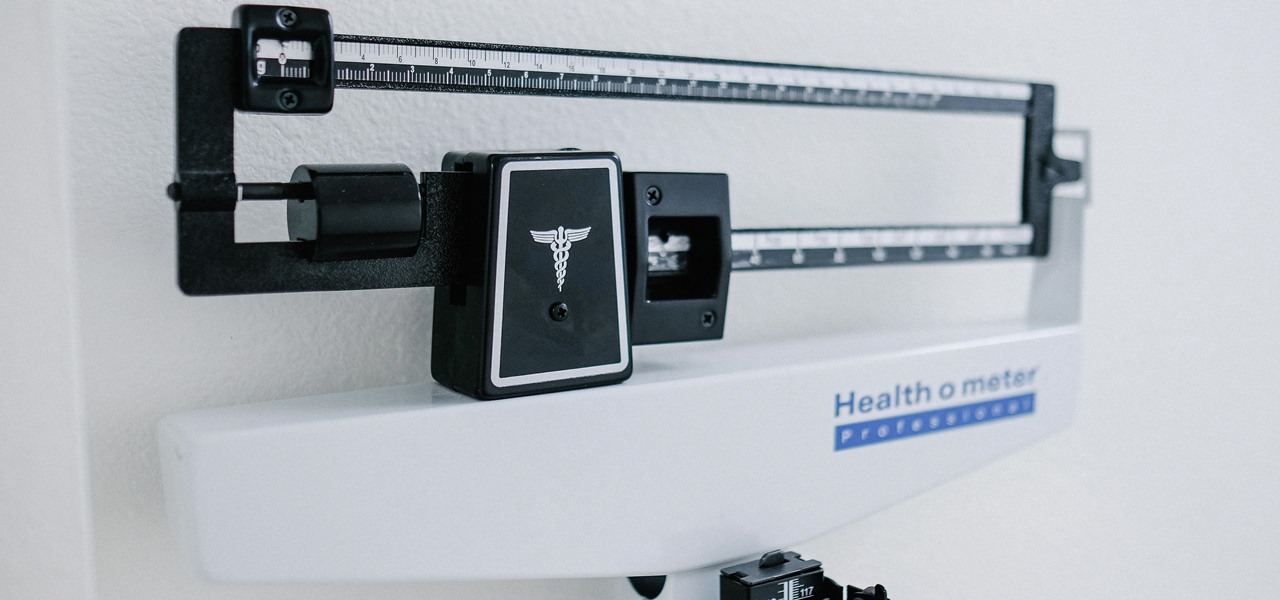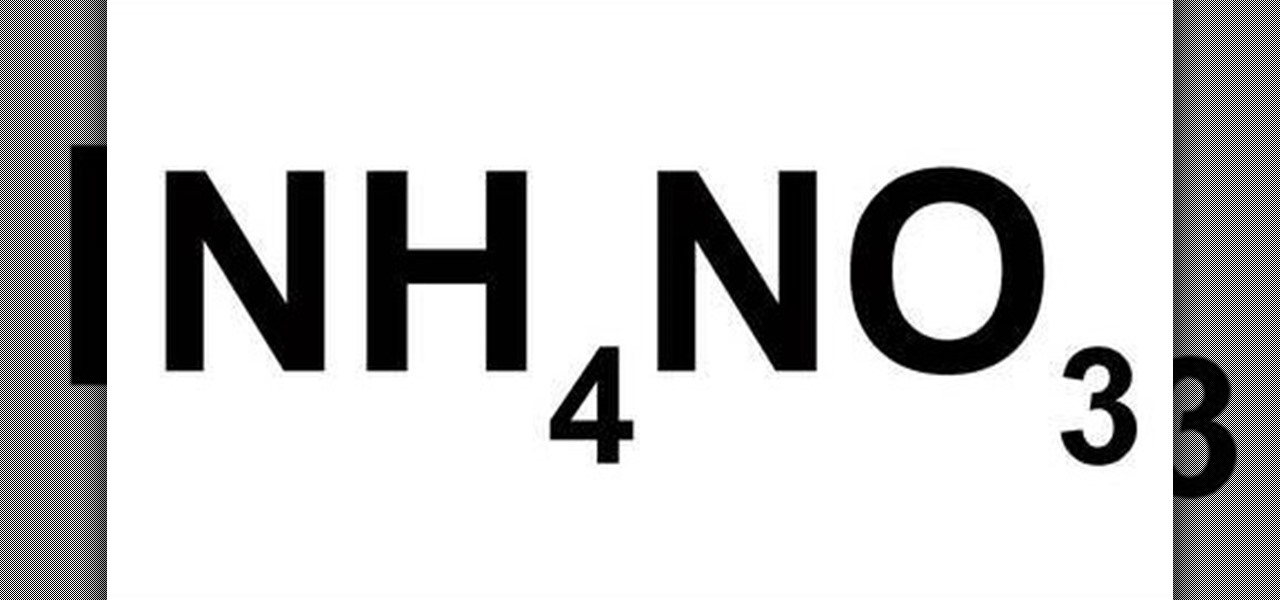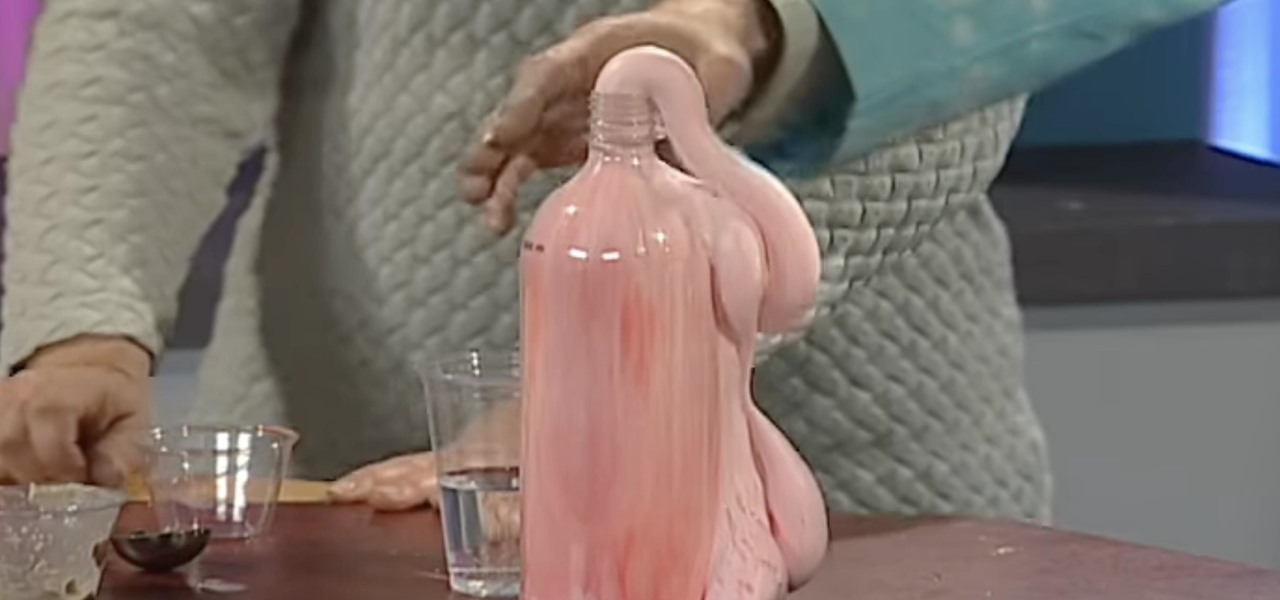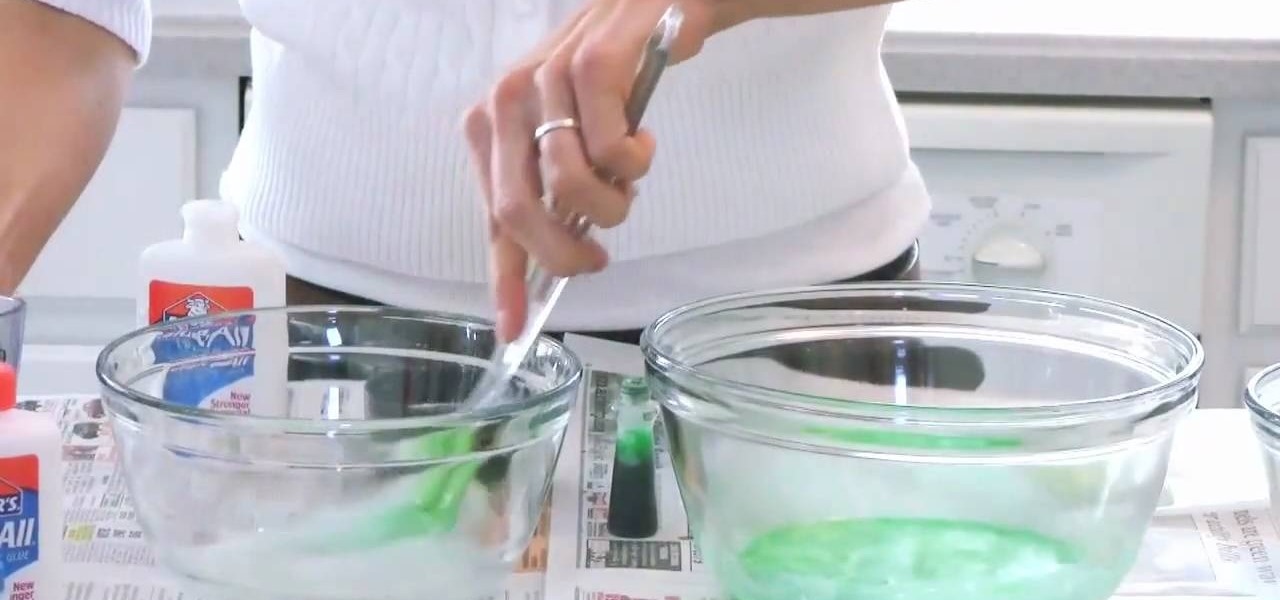Hot Science Experiments How-Tos

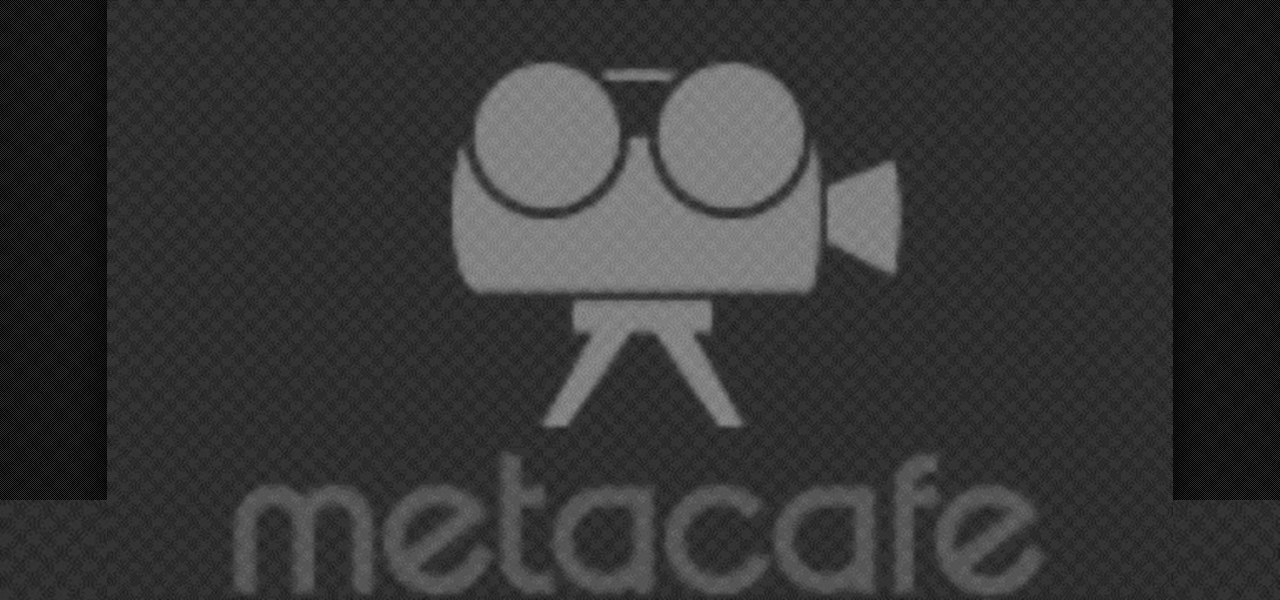
How To: Turn a penny into gold with common chemicals
This science experiment will show you how to turn a penny into gold with common chemicals. This video tutorial will demonstrate turning the copper penny into a silver penny and into a gold cent. All you need to make gold pennies is sodium hydroxide (also known as lye), zinc powder, a small glass beaker with some distilled water in it, a clean copper penny, a couple of measuring spoons, and a glass stirring rod.
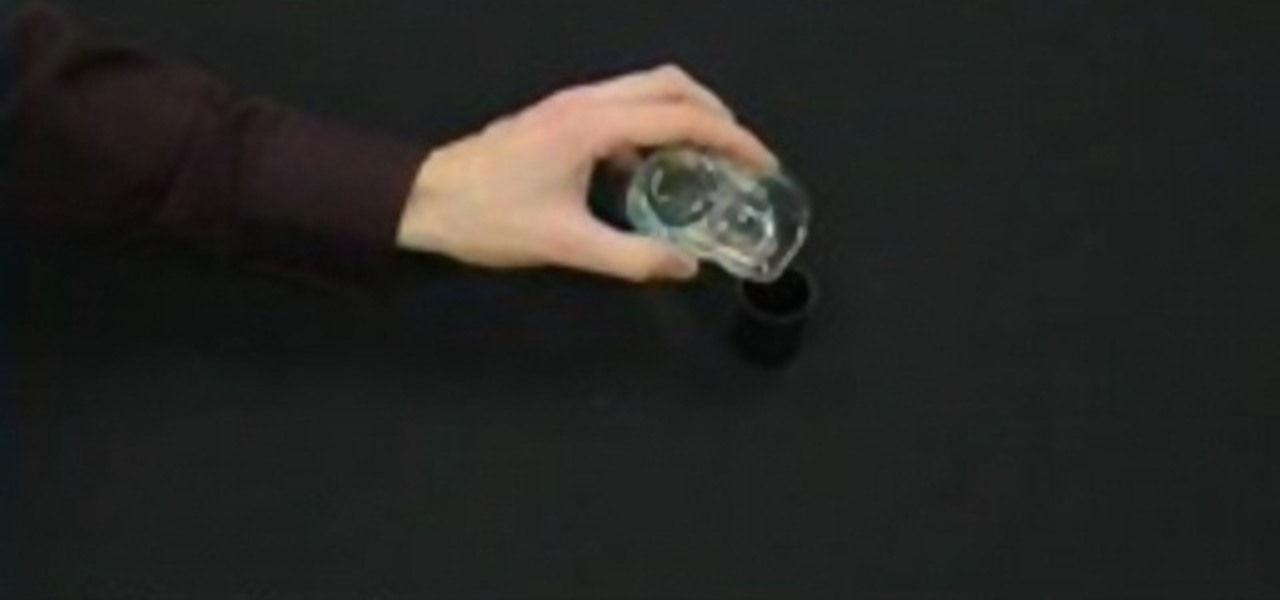
How To: Make a simple rocket with film canisters
Try out this science experiment... watch this video tutorial to learn how to make a simple rocket with film canisters. This is purely educational, and demonstrates the reaction of an Alka-Seltzer tablet, toilet paper, and water. If you don't have Alka-Seltzer, you can substitute it with baking soda, then substitute the water with vinegar.
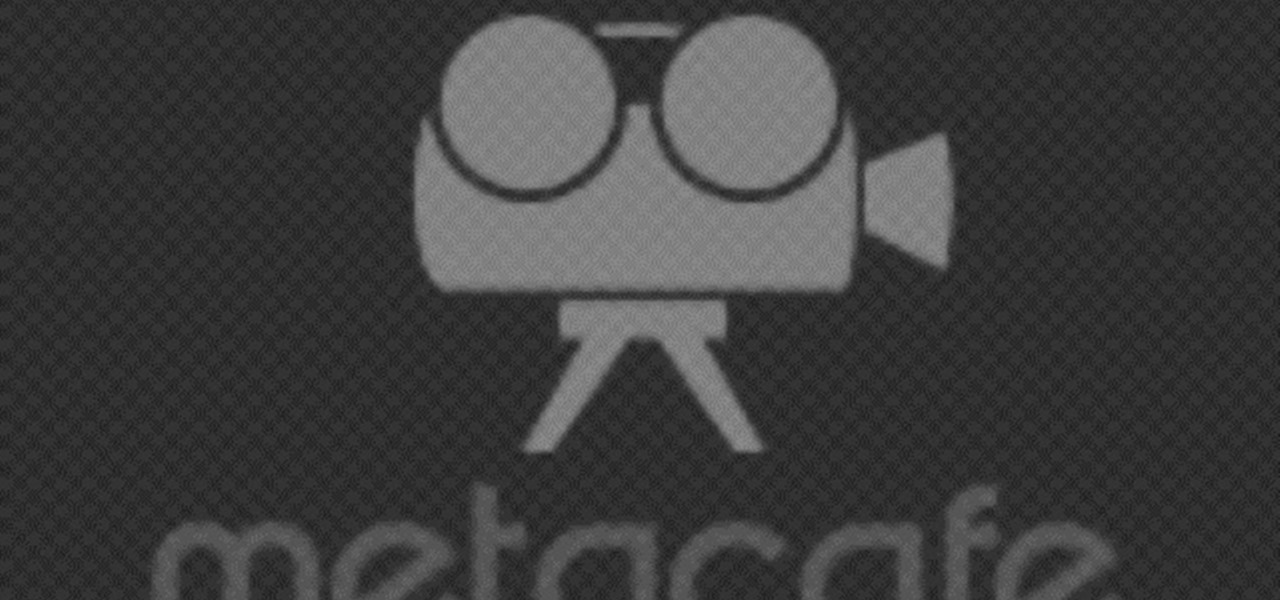
How To: Experiment with a Van de Graaff generator
Try out this science experiment... watch this video tutorial to learn how to experiment with a Van de Graaff generator. This is purely educational, and demonstrates different techniques in using the Van de Graaff generator.
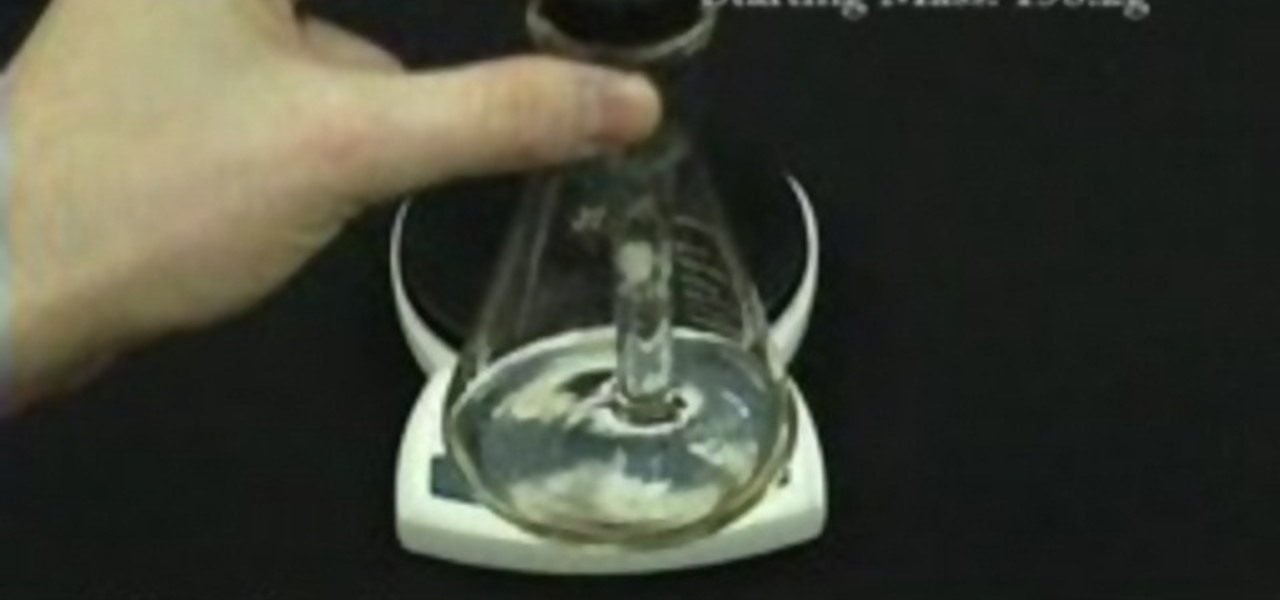
How To: Illustrate the scientific idea of conservation of mass
Try out this science experiment... watch this video tutorial to learn how to illustrate the scientific concept of conservation of mass. This is purely educational, and not as exciting as some other demonstrations, but this does clearly illustrate the concept of conservation of mass.
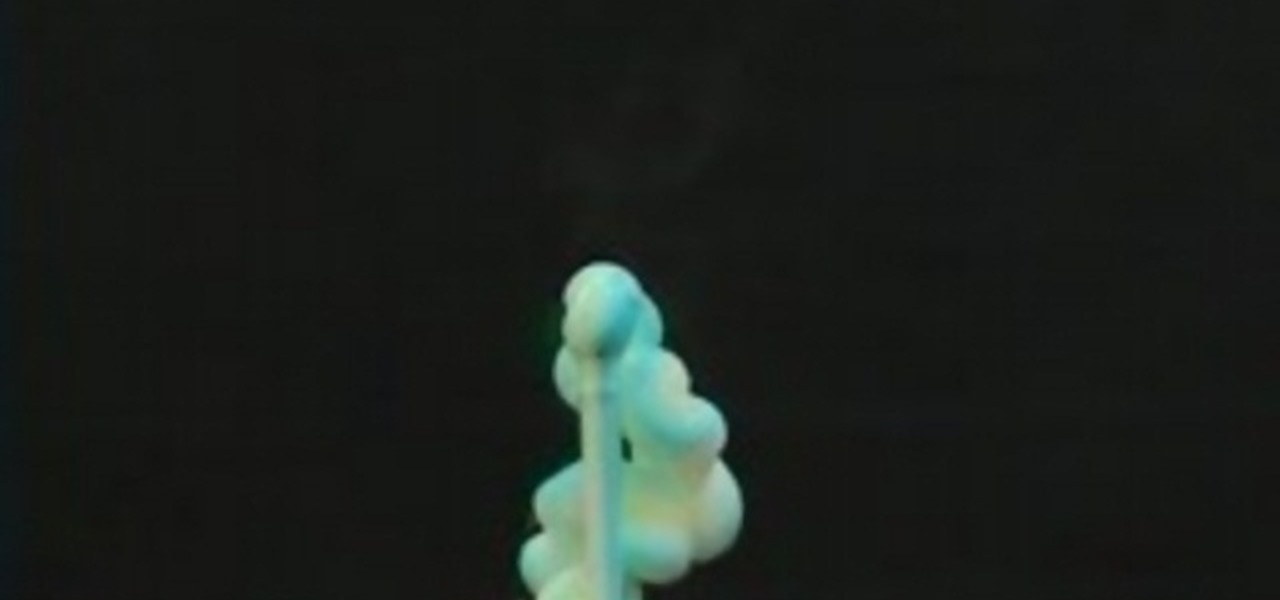
How To: Make a foamy elephant toothpaste chemical reaction
Try out this science experiment... a classy chemical demonstration. Watch this video tutorial to learn how to make a foamy elephant toothpaste chemical reaction. There's a reason why they call this elephants toothpaste.
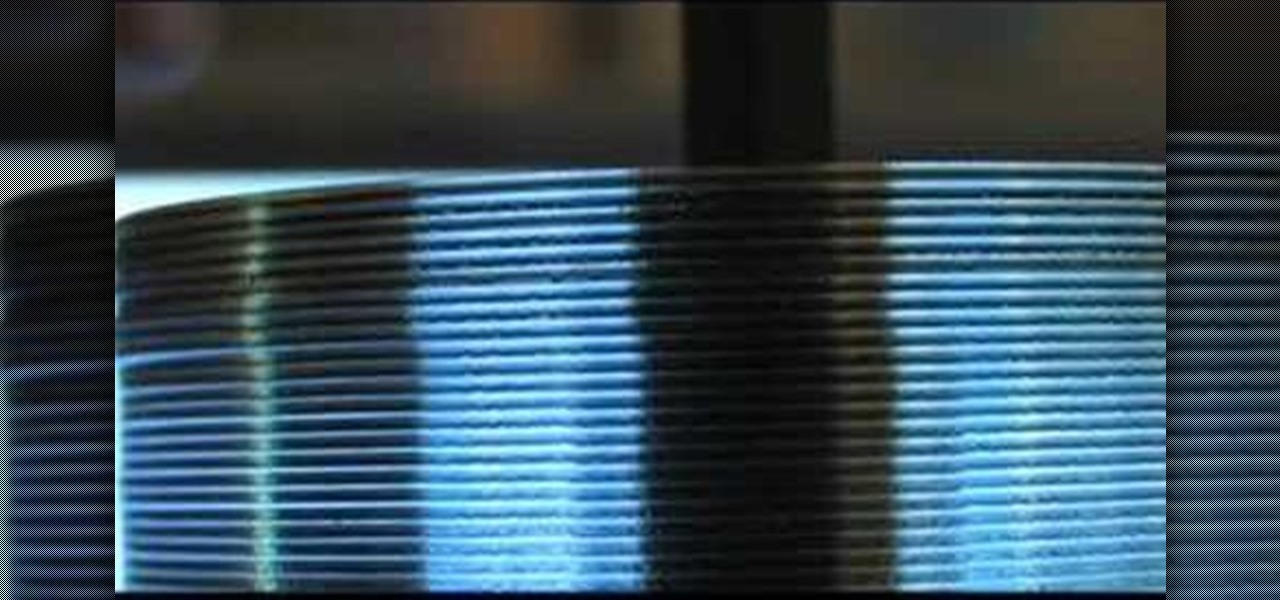
How To: Make a Tesla turbine out of a CD
Make a Tesla turbine blade out of CDs. This i a super cool, high tech science project from Green Power Science. Turn your junk CDs into something very interesting.
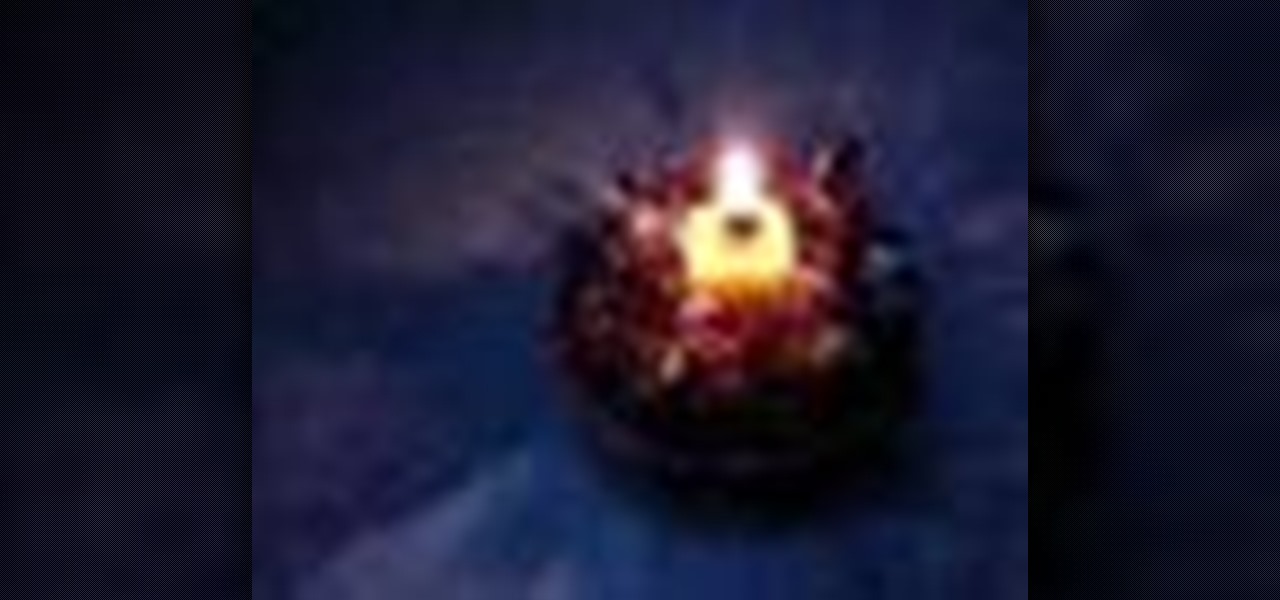
How To: Make a candle with a peanut and potato
Look, what candle can be made of a peanut and a potato. Make a flaming candle with a peanut and a potato. This is a neat survivalists' trick.

How To: Make a cheap lava lamp
Make your own lava lamp using common household materials. You will need: 1 liter plastic bottle
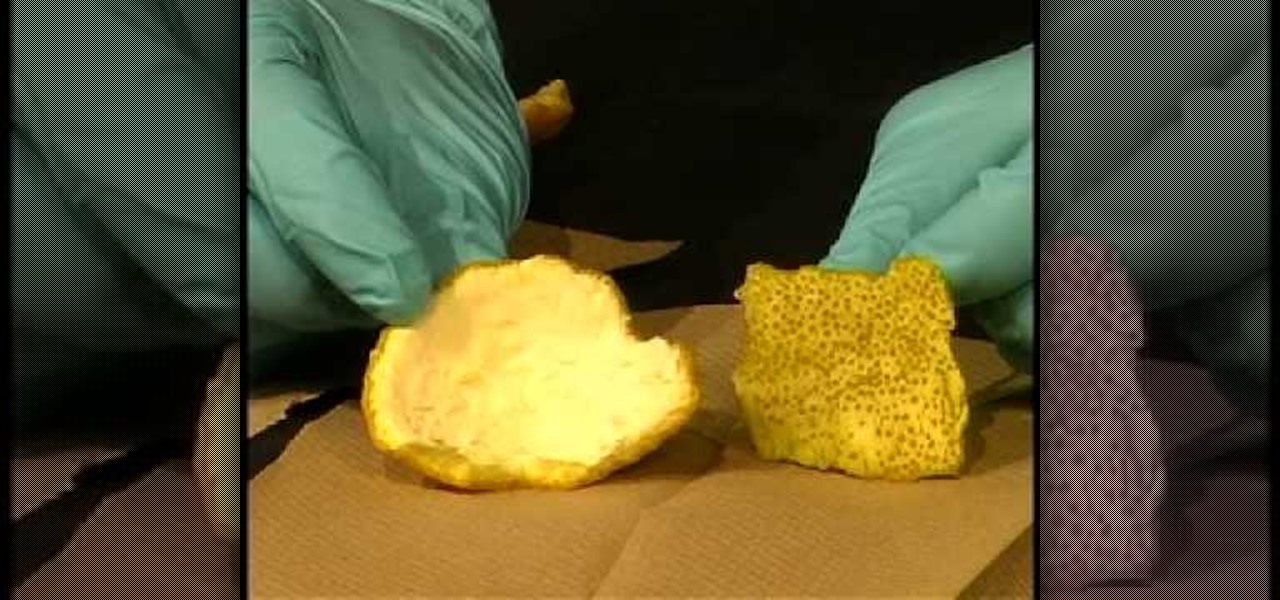
How To: Isolate limonene using extraction in organic chemistry
A demonstration of limonene extraction from orange peels used in Organic Chemistry labs. This demonstration is conducted by Dr. Scott Allen, Assistant Professor, Chemistry/Physics, University of Tampa.
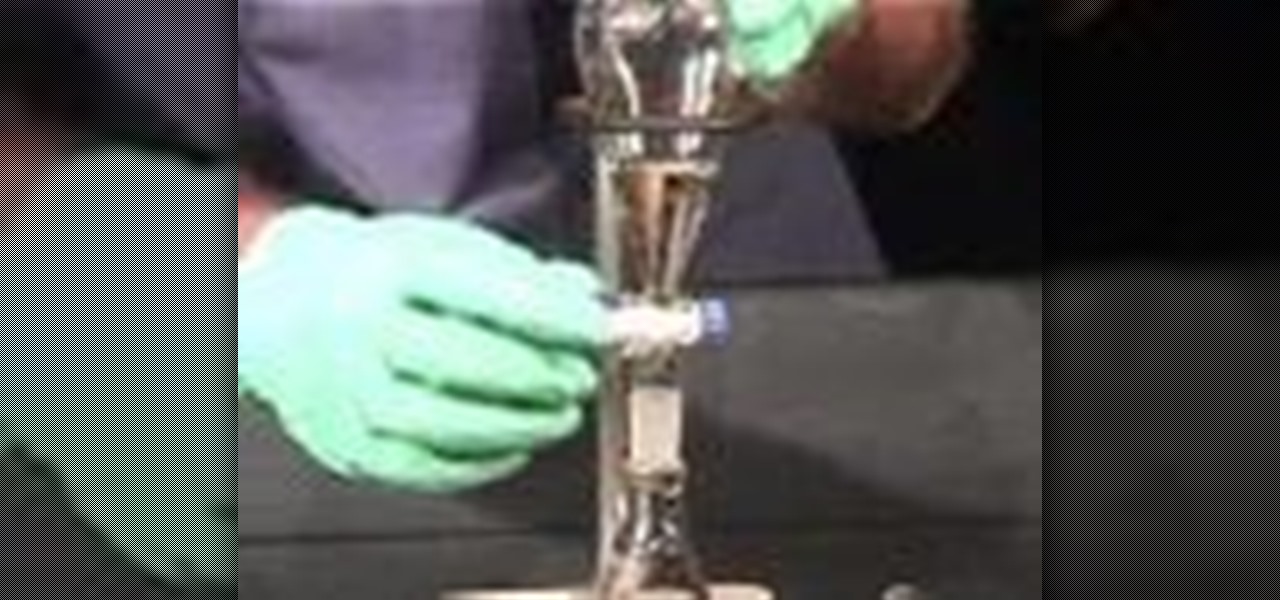
How To: Perform extractions in organic chemistry
A demonstration of the technique of extraction used in Organic Chemistry labs. Separate solubles like two liquids or two solids using this technique of extraction. These demonstrations are conducted by Dr. Scott Allen, Assistant Professor, Chemistry/Physics, University of Tampa.
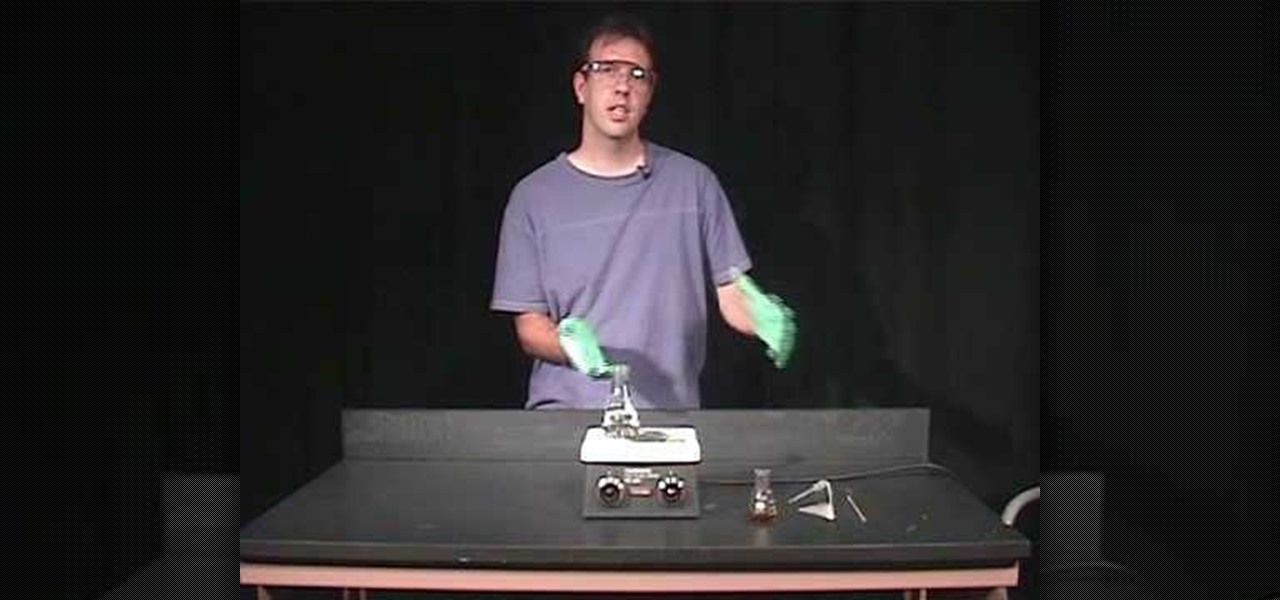
How To: Illustrate recrystallization in organic chemistry
A demonstration of the technique of recrystallization used in Organic Chemistry labs. This organic chemistry demonstrations are conducted by Dr. Scott Allen, Assistant Professor, Chemistry/Physics, University of Tampa.
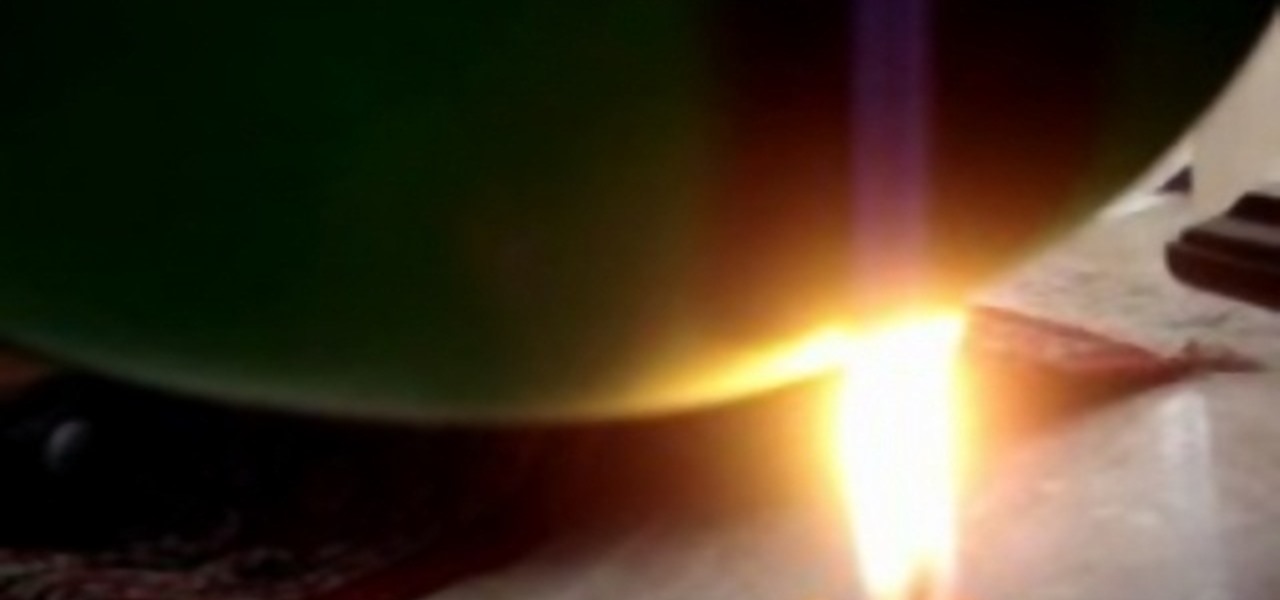
How To: Make a fireproof unpoppable balloon
Make your balloon "un-popable"!!! The trick is to fill the balloon with water so that it will absorb the heat and keep the rubber balloon surface cool. The flame will pop any balloon that is just filled with air. Cool science experiment trick to show off.

How To: Make a wax and Coke explosion
Watch what happens when Coke is mixed with wax. Learn how to do this cool science experiment yourself. Can anyone explain the science behind this??? You will need Coke (diet or regular), a glass test tube, and a candle. Break off a chunk of wax from the candle, put it in the test tube, heat the test tube until the wax is boiling and then quickly add to the coke.
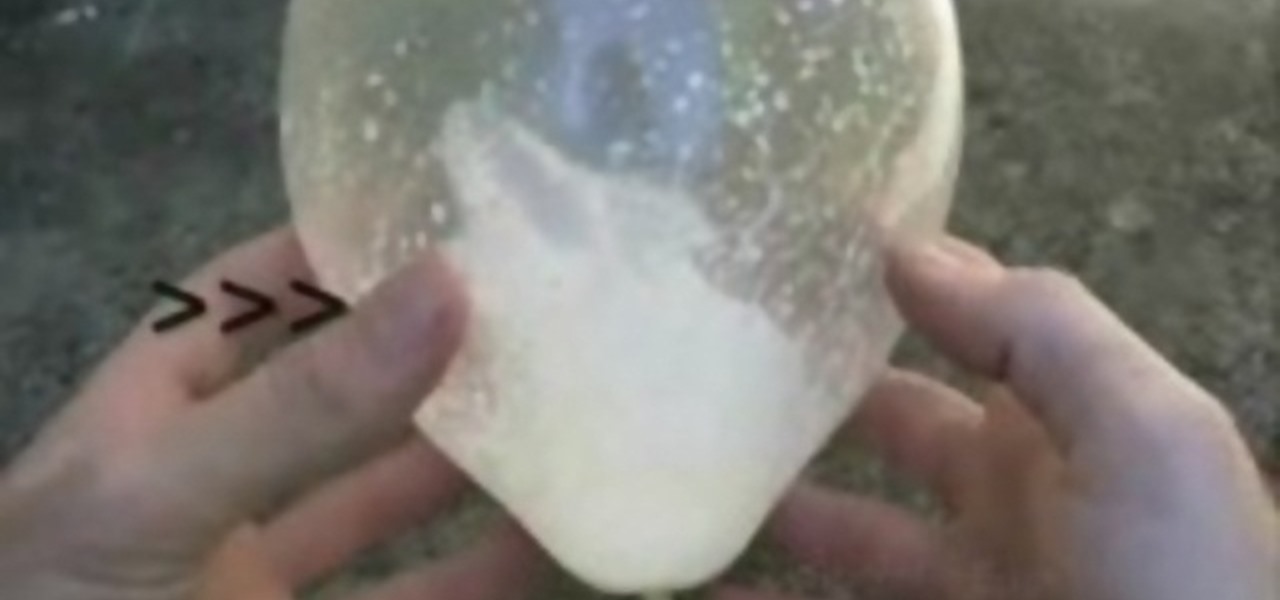
How To: Make instant flying condoms
Learn how to make a self inflating, flying condom! We should you how to make an instant flying condom using a few household items. Fantastic and fun science experiment! You will need one condom, one bag of hydrogen peroxide and dishwasher limescale remover.
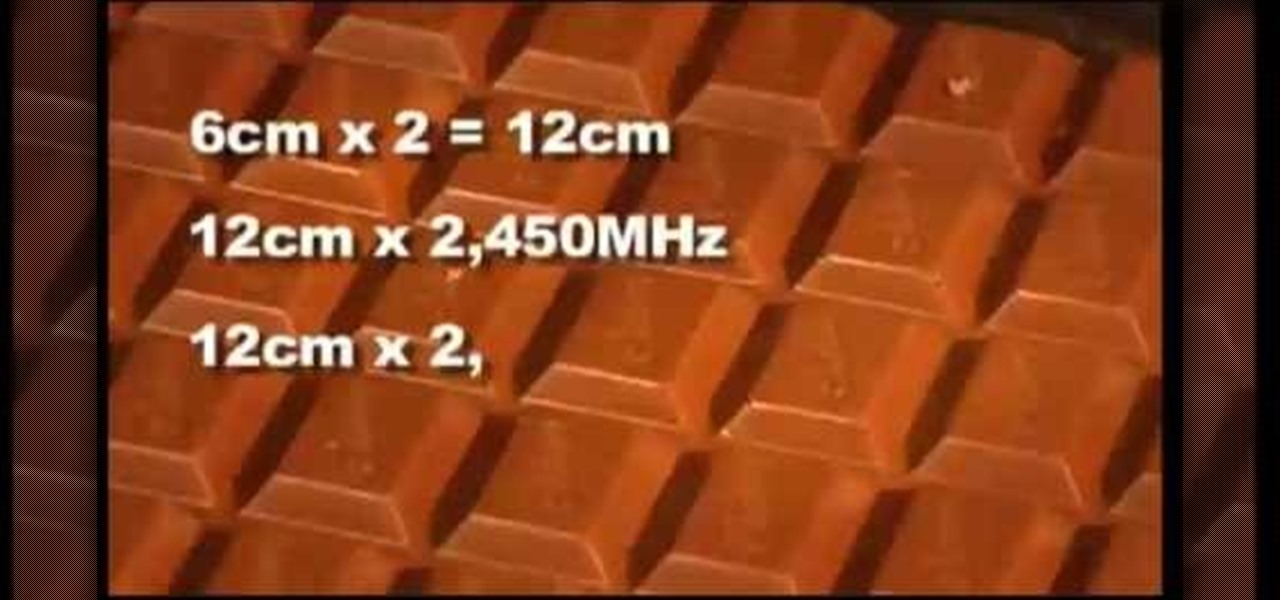
How To: Measure speed of light with cosmic chocolate
Explore the universe in your microwave. Measure the speed of light with chocolate. The wavelength of light creates hot spots in the microwave that you can measure to show the speed of light. Chocolate has never been so useful.
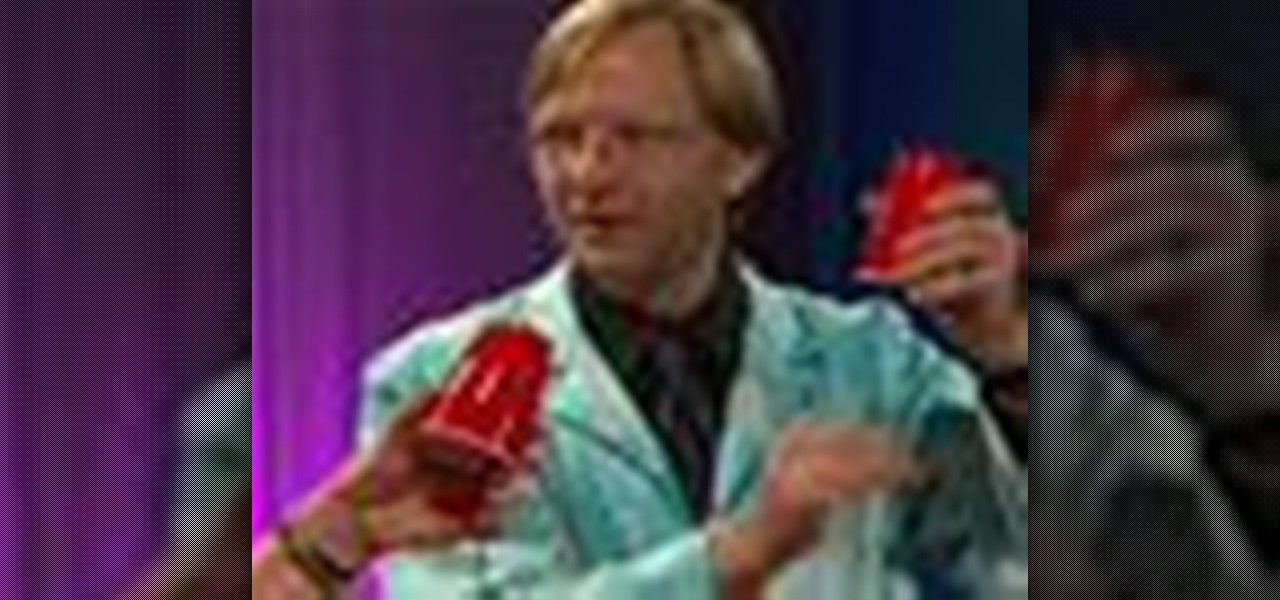
How To: Make a cup that sounds like a chicken
It Really Sounds Like a Chicken! Have fun with your friends and family when you build this little device that sounds just like a chicken. This is also a great example of how sounding boards work. The cup makes the vibrations louder while the wet paper towel provides friction to create the sound.
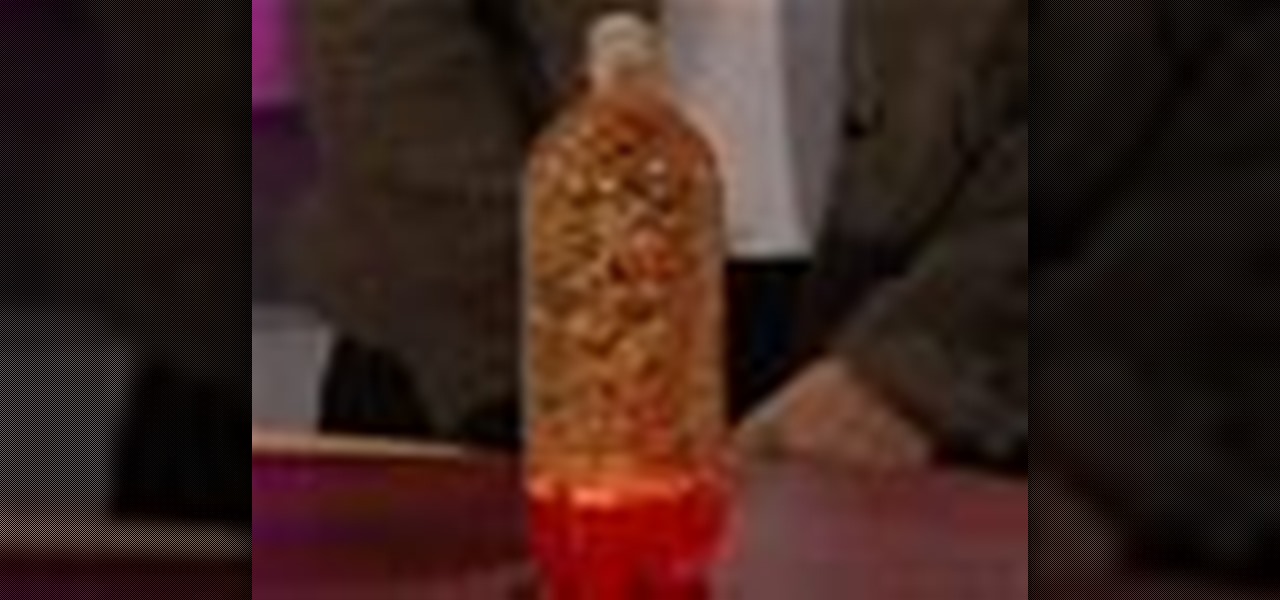
How To: Make blobs in a bottle with a Lava Lamp effect
The World's Easiest Lava Lamp! This is an easy, fun science activity that is great for any age. In fact, our video crew ended up taking the extra bottles home to show their friends. It is also a great demonstration of liquid density, the release of gases in a chemical reaction, acids and bases, intermolecular polarity, and well, just plain science coolness.
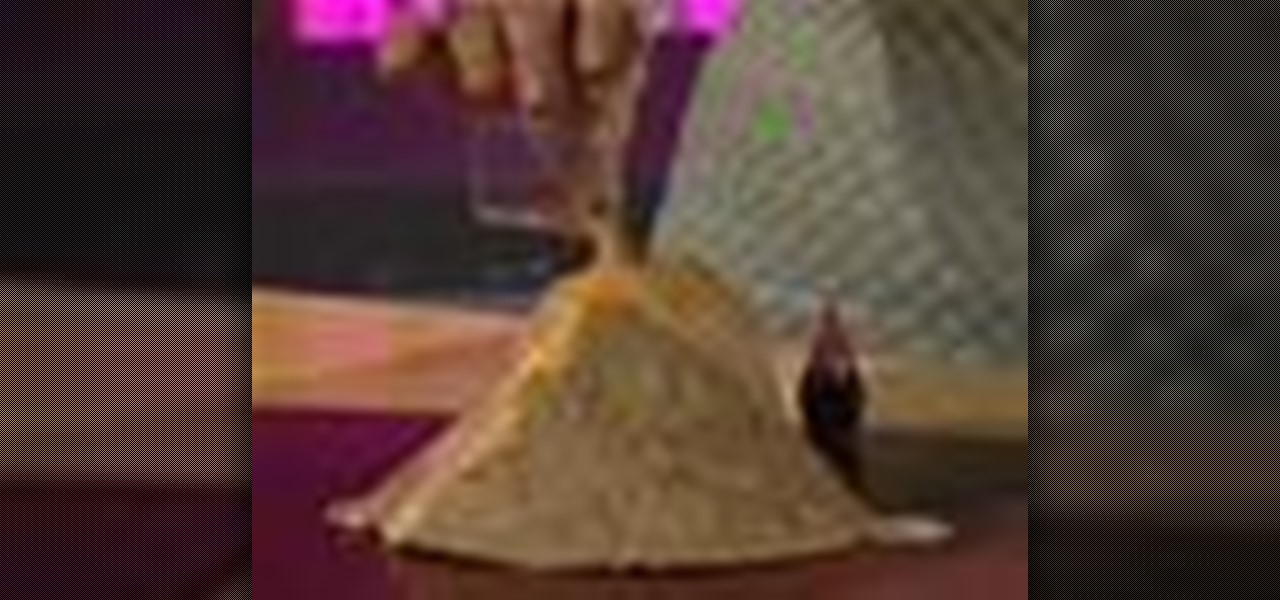
How To: Make a classic science experiment volcano project
Make Your Own Erupting Volcano!

How To: Make duck or fog horn sounds with a straw
Sound Like a Duck or a Fog Horn! All sounds are created by vibrations. You can discover this next time you're out at a fancy restaurant. All you need is that straw in your soda and a pair of scissors. Makes sure you flatten it out really good to make this work, then make sure you parent tip your server well.
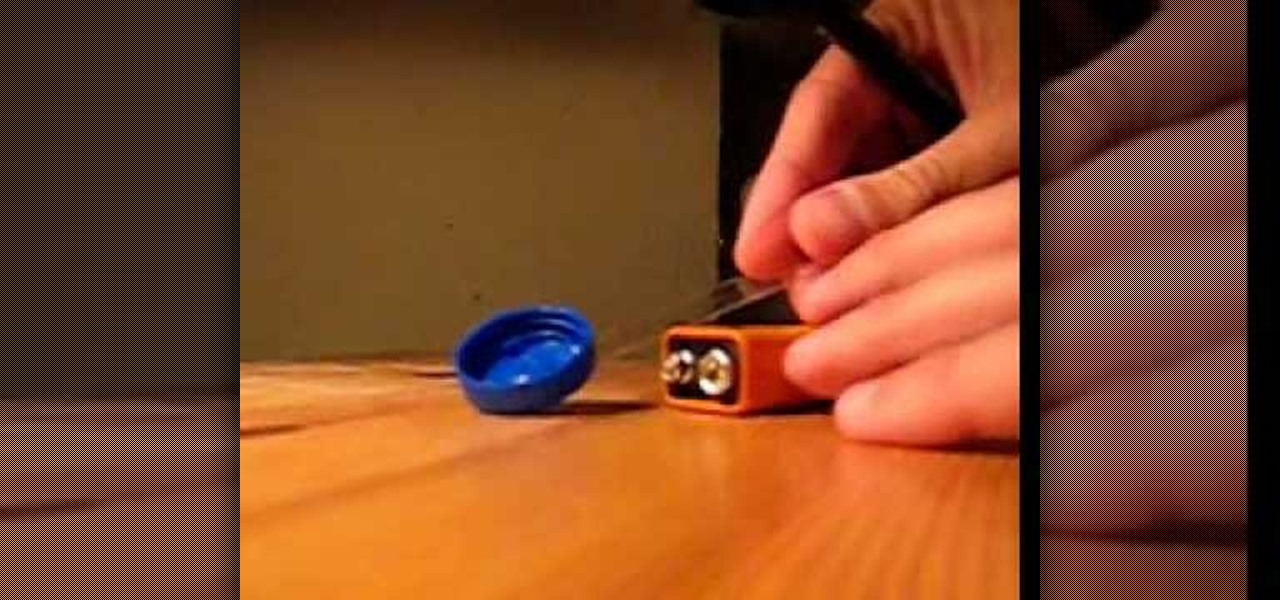
How To: Make extremely simple scales with a 9v battery and cap
Watch this video tutorial to see how to make extremely simple scales. This scale is useful when you want to weigh small portions of a substance (like a few grams of powder). It is difficult to get real weight using these scales though. To make this homemade scale, you'll need a plastic bottle cap, a plastic bottle or box, a 9v battery, clear sticky tape, glue for the plastic (epoxy or fast-hardeneing), scissors and a screwdriver.
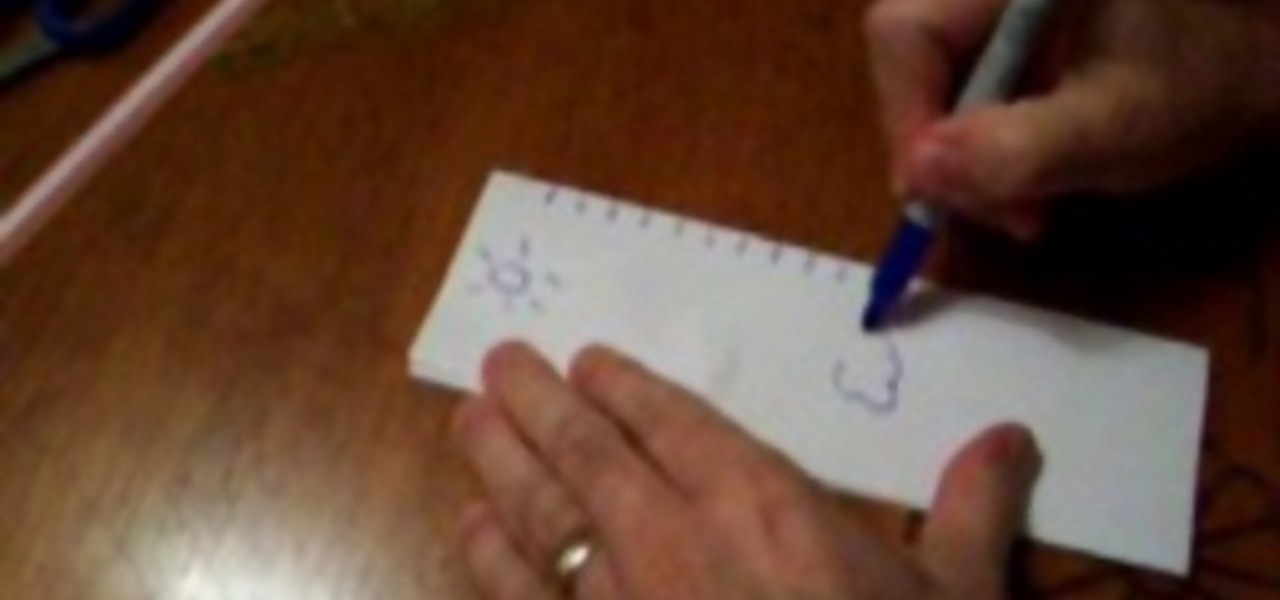
How To: Make a barometer with easy household items
Forget about the weather channel. Radio and TV seem not able to predict the darn weather anyway. Make Your own barometer within the next few minutes! Become the weatherman of the house! You will need an empty jar, scotch tape, a balloon, a tubber band, scissors, a straw, a ruler, a sheet of paper and a marker.
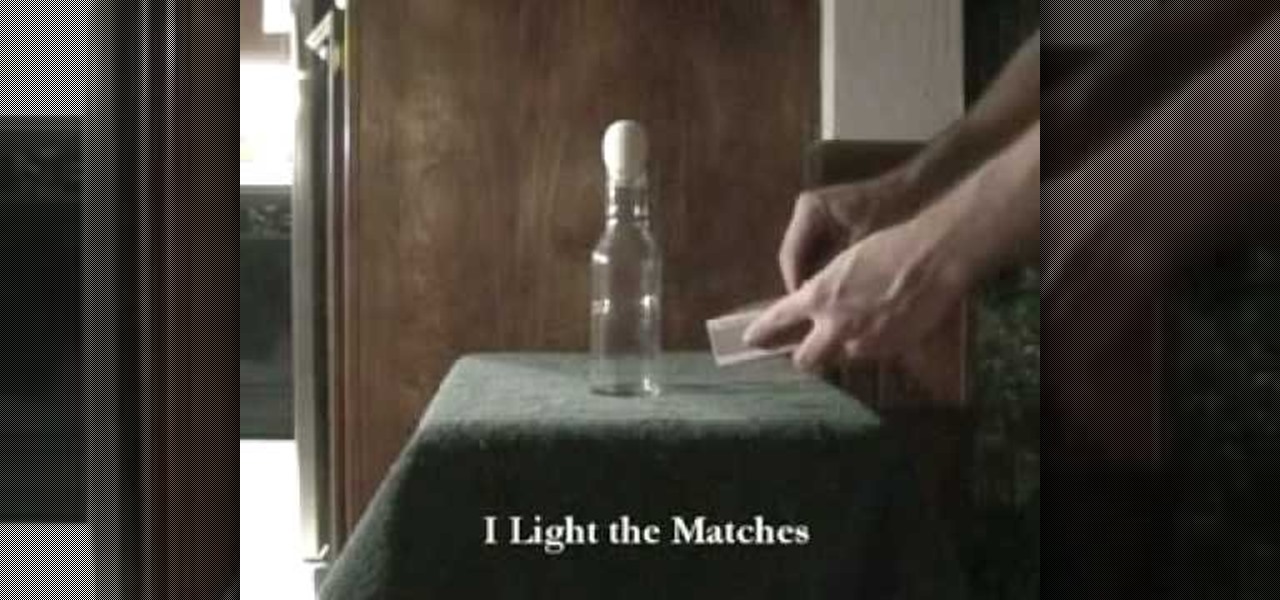
How To: Suck a Hard-Boiled Egg into a Bottle with a Burning Match
Can you suck an egg into a bottle? Let's find out. For this quick science experiment, you will need an egg, a bottle, and matches. Simply drop a match in the bottle and place the hard-boiled egg on top and watch it get sucked in.
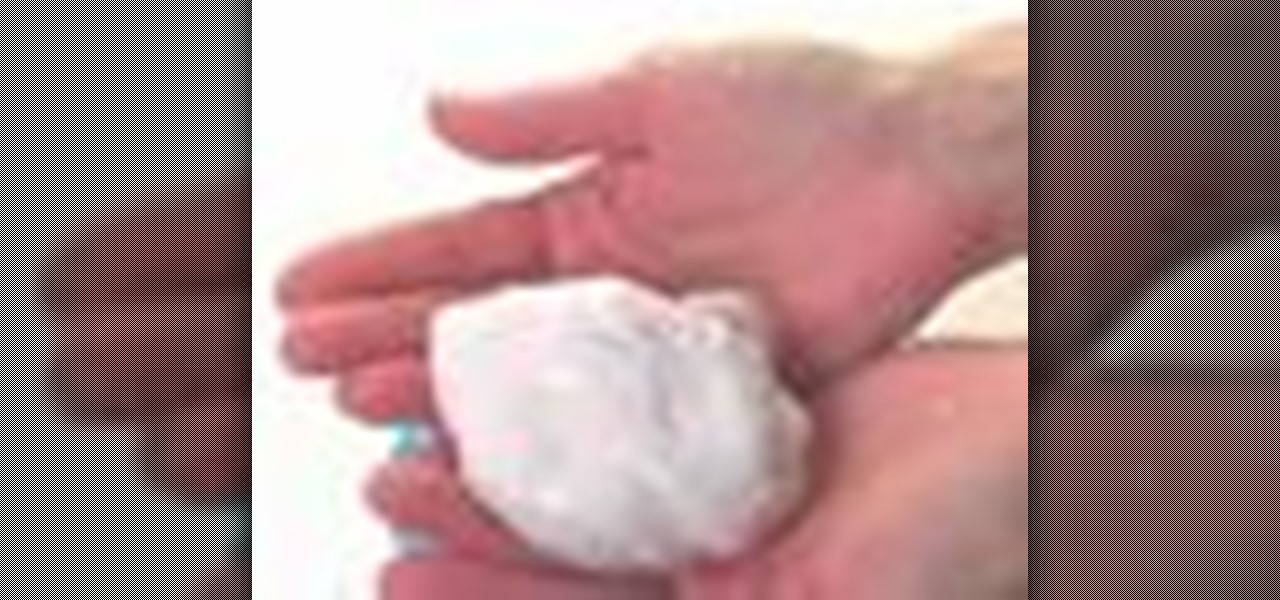
How To: Make poly silly putty
Ingredients: White multi-purpose glue (do not use washable glue)

How To: Make a balloon ball
You will need round shaped balloons. Blow up your balloon the size of a fist. If you make it too big, it is hard to work with. Next, take a balloon and cut off the neck. Stretch the balloon over the inflated one. Repeat these steps until you have a bouncy balloon ball. Make a balloon ball.

How To: Make copper sulfate crystals
Learn how to make a copper sulfate crystal. Warning: Copper sulfate is not good for your skin, so if you get any on it, clean well with water. If you eat it, call a doctor. You will need once cleaned out egg with a hole in the top, some copper sulfid (you can get it in garden shops), and 60 ml of hot water. Easy way to make your own crystals.

How To: Repel pepper with your finger in a science experiment
This experiment is very easy and inexpensive. It can be done at home. You will need a bowl, some water, some pepper, and some soap. You can use your finger to repel pepper, to the sides of the bowl. Simple, but fun.
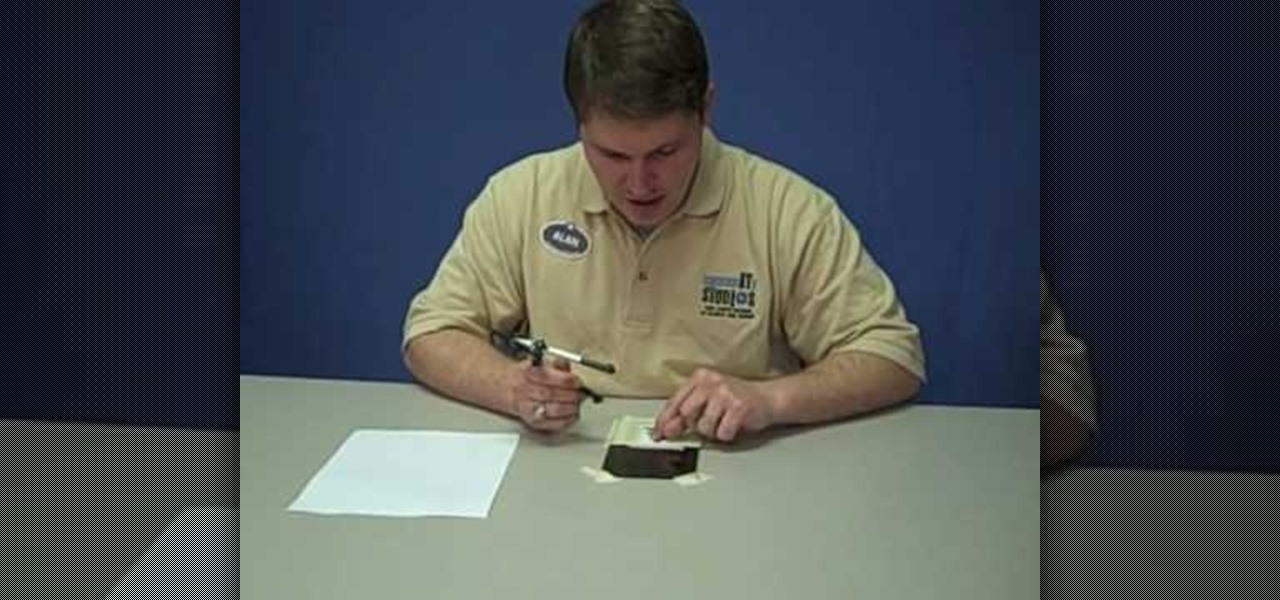
How To: Make your own scratch holograms
Holography is the scattering of light from an object, which is recorded and reconstructed to create the hologram. As the viewer or viewing mechanism moves, the image appears three dimensional. This instructional video shows how to craft 3 dimensional holograms using scratched arcs on a reflective surface. Using a compass, a picture, and Plexiglas, you can create glowing images that shift and turn inside of a 2 dimensional plane. Who would of thought? Now you can make your very own holograms a...
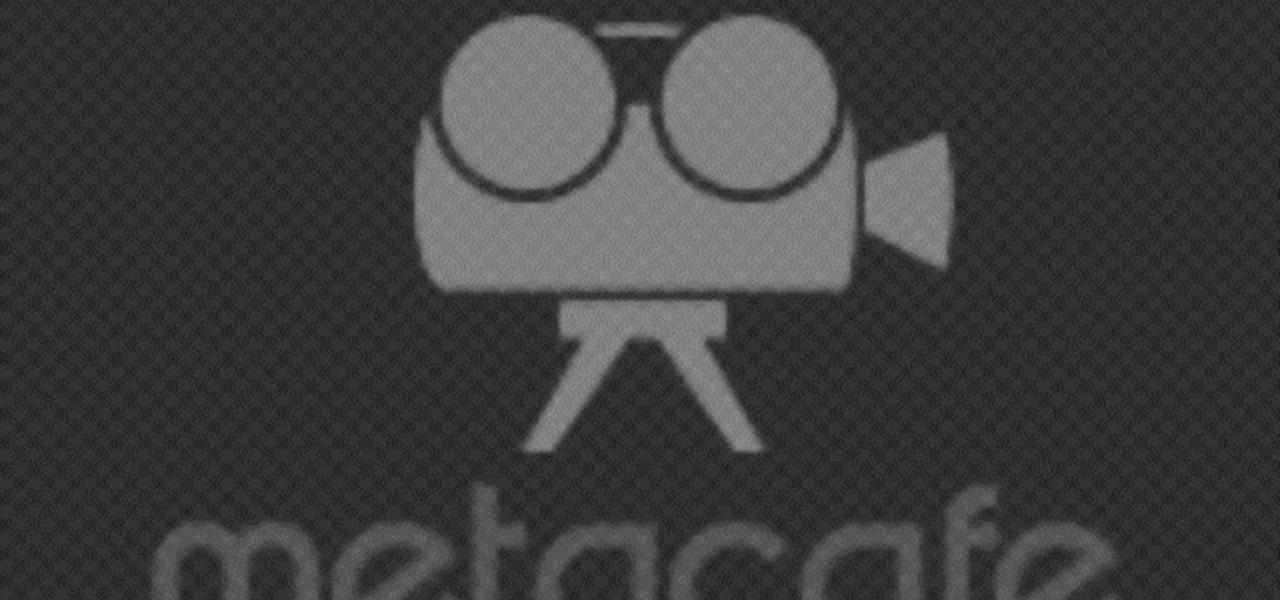
How To: Demonstrate buoyancy with diet & regular Coke
This will blow you away! 2 unopened 12 ounce cans of cola weigh the same, right? No they do not. That's why Diet Coke floats, but regular sugared Coke sinks. The extra weight comes from the natural sugar in Coca Cola and Pepsi that is not present in a can of diet.
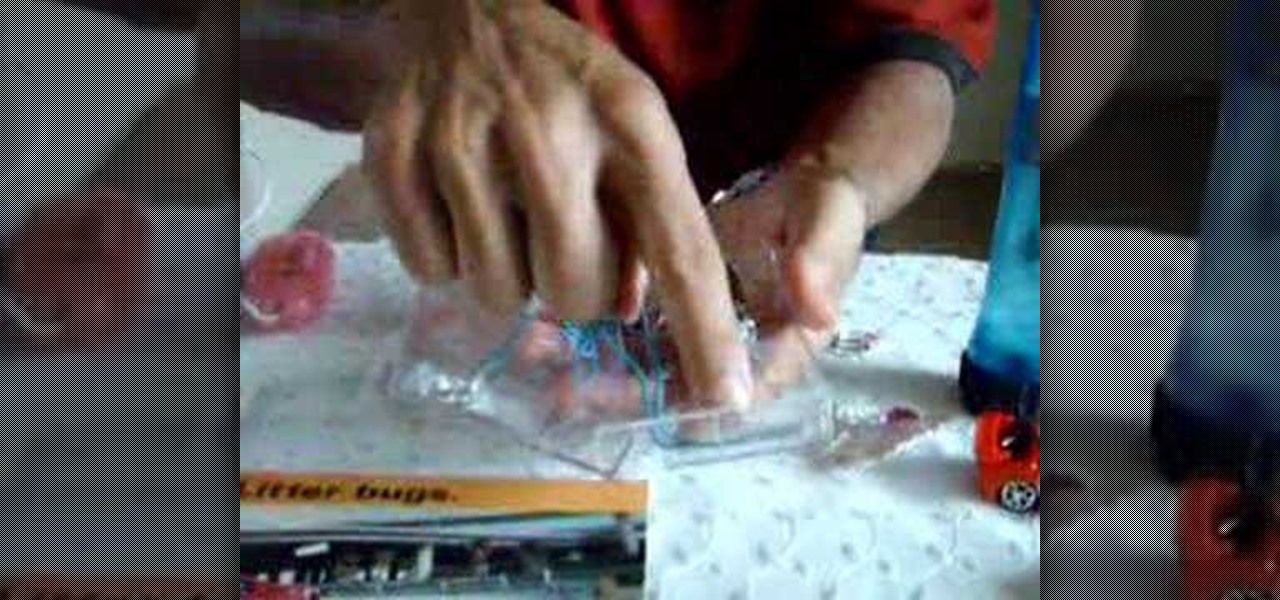
How To: Create magnetically controlled gadgets
Make your gadgets magnetically controlled with everyday things. People often take for granted the common items and devices they use in everyday life. Looks can be deceiving. It's not what things appear to be, it's what they can become.

How To: Make a cereal box spectrometer
A spectrometer is an optical instrument used to measure properties of light over a specific portion of the electromagnetic spectrum. This video will show you how to make a spectrometer out of a cereal box and a compact disc. This spectroscope is sure to amaze your kids for a nifty science project.

How To: Nuke things for cool reactions in the microwave
Want to make cool explosions in your microwave. Here's some stuff that lights up real nice. Lets see what you can put nuke in the microwave!!! Try CDs or new CFL light bulbs.
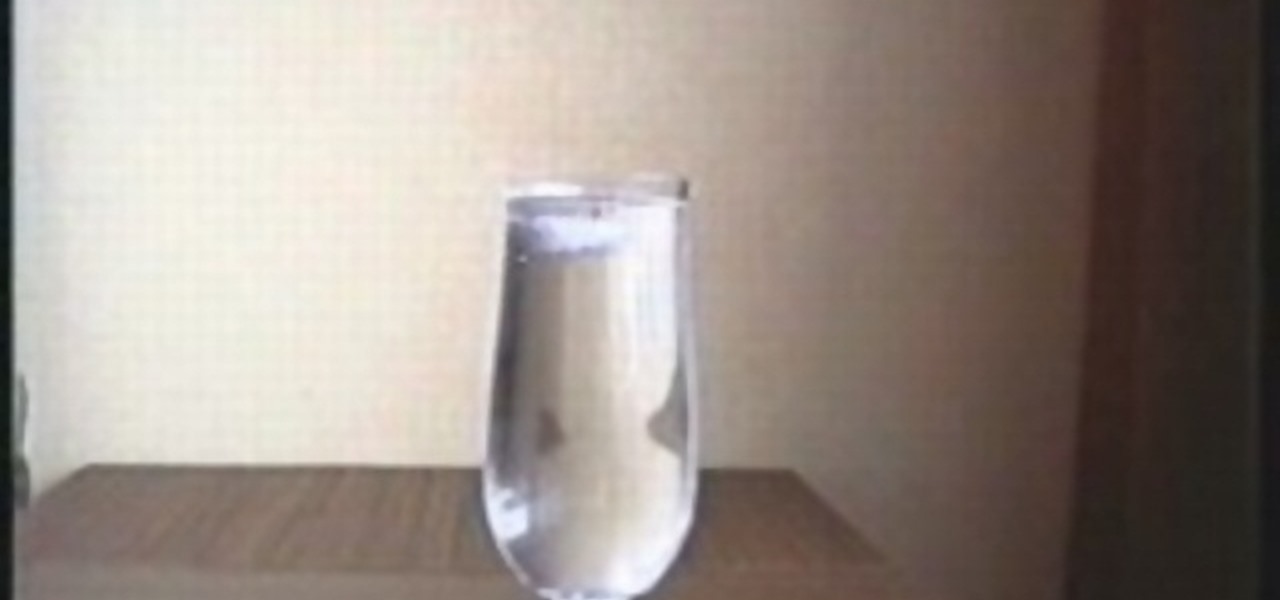
How To: Make ice glue
Is it possible to glue an ice cube? You have to see it!
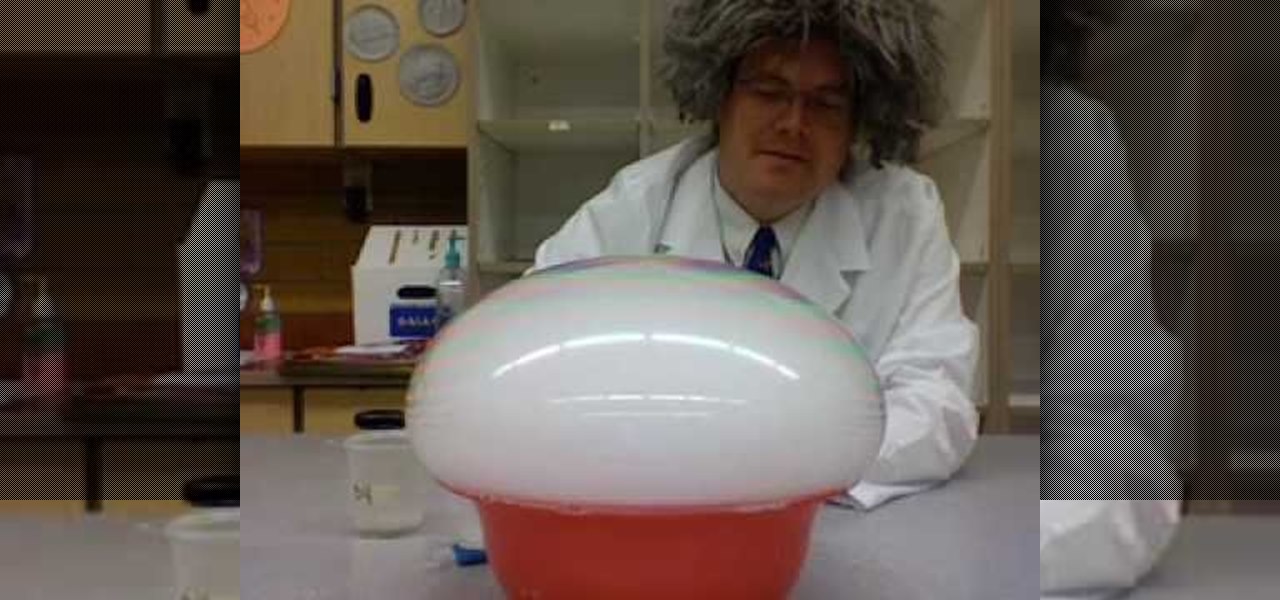
How To: Make exploding dry ice bubbles
This is a dry ice experiment for Halloween fun with bubbles. Mr Brunner shows us how to grow dry ice bubbles in buckets. This experiment is super easy and very interesting. You need soap, cloth strips and a big bowl. Oh and of course dry ice. This takes a couple of minutes to explode so be patient.
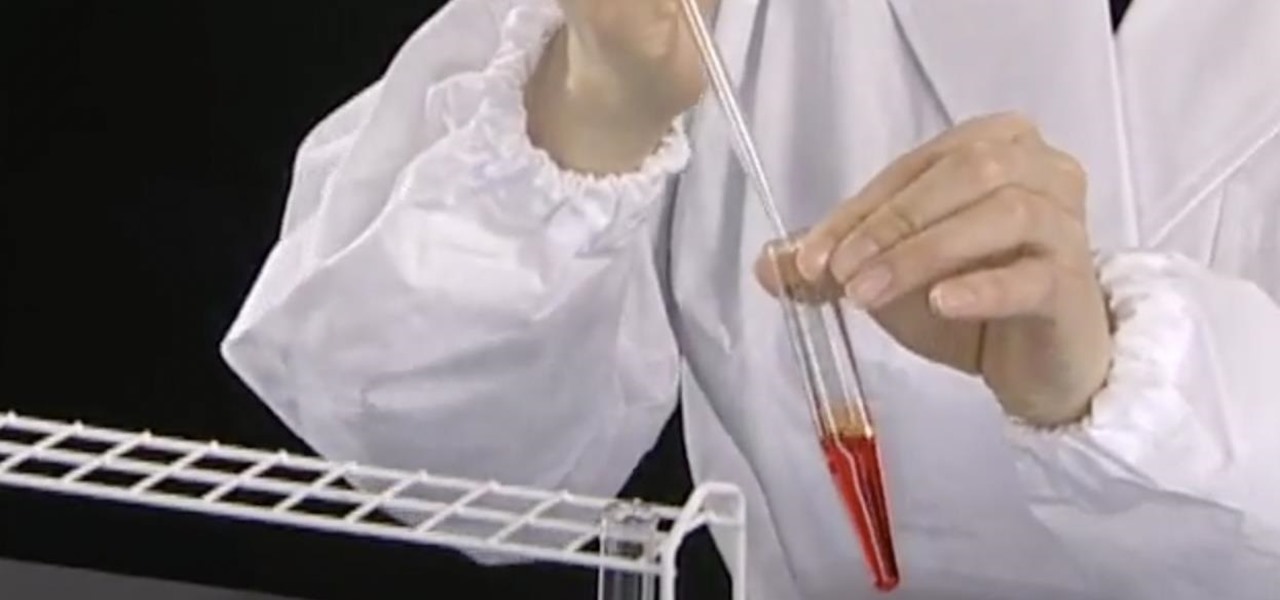
How To: Use Transfer Pipettes and Wash Bottles in the Chem Lab
Find out how everything in a chemistry lab works, from pipettes to burners to recrystallization to storage. You'll get precise instructions on how to work and perform certain scientific duties in the chem lab, whether it's chemical or just ordinary high school science.
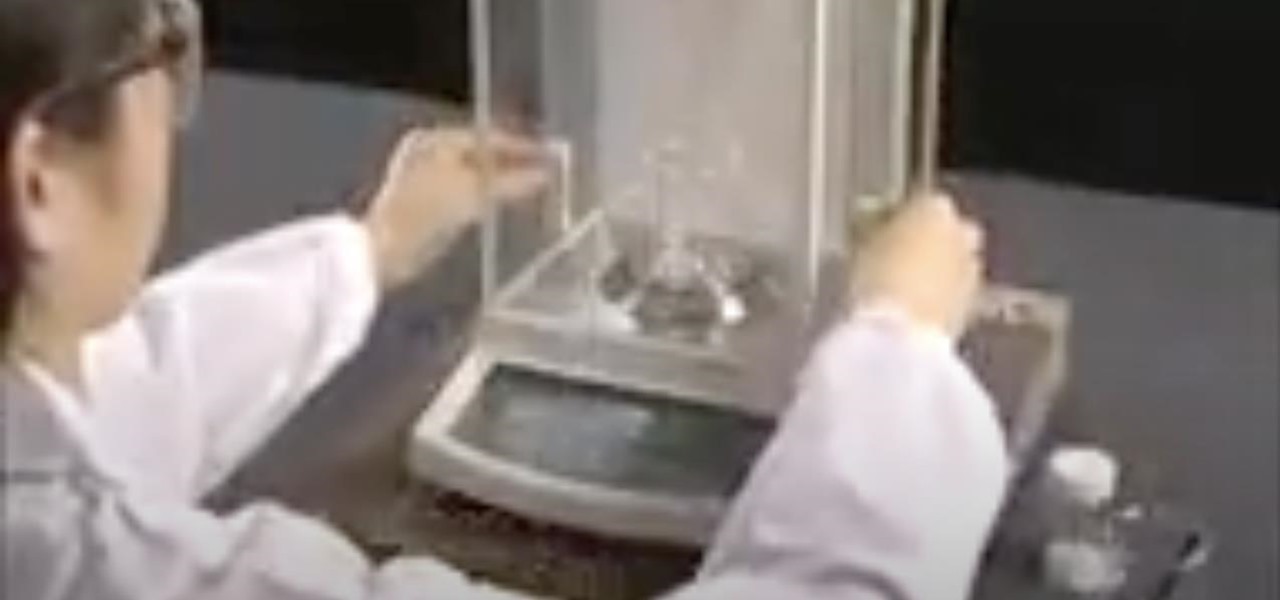
How To: Use an Electronic Balance in the Chemistry Lab
Find out how everything in a chemistry lab works, from pipettes to burners to recrystallization to storage. You'll get precise instructions on how to work and perform certain scientific duties in the chem lab, whether it's chemical or just ordinary high school science.
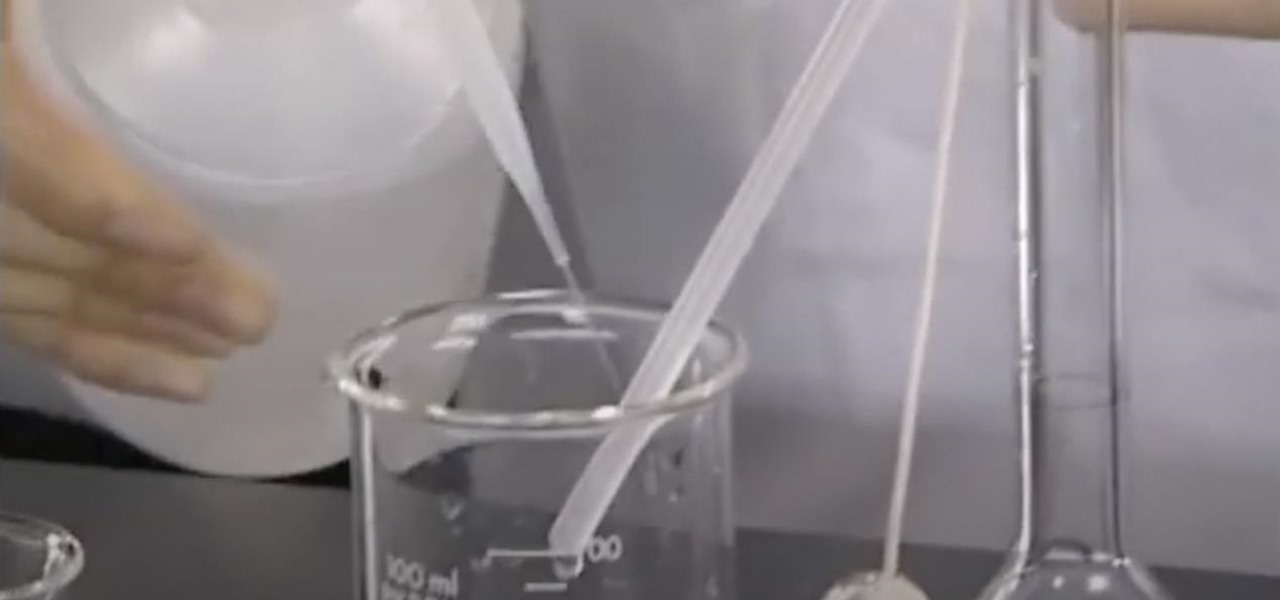
How To: Use a Volumetric Flask in the Chemistry Lab
Find out how everything in a chemistry lab works, from pipettes to burners to recrystallization to storage. You'll get precise instructions on how to work and perform certain scientific duties in the chem lab, whether it's chemical or just ordinary high school science.
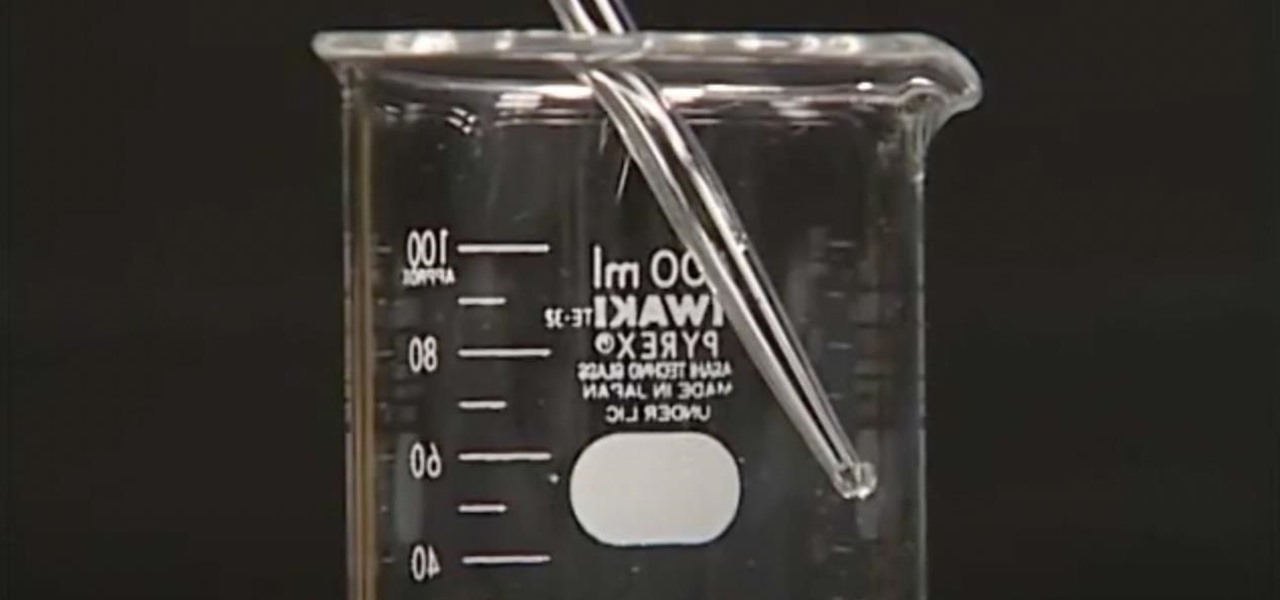
How To: Use a Volumetric Pipette and Filler in the Chem Lab
Find out how everything in a chemistry lab works, from pipettes to burners to recrystallization to storage. You'll get precise instructions on how to work and perform certain scientific duties in the chem lab, whether it's chemical or just ordinary high school science.

How To: Perform Titration with a Burette in the Chemistry Lab
Find out how everything in a chemistry lab works, from pipettes to burners to recrystallization to storage. You'll get precise instructions on how to work and perform certain scientific duties in the chem lab, whether it's chemical or just ordinary high school science.
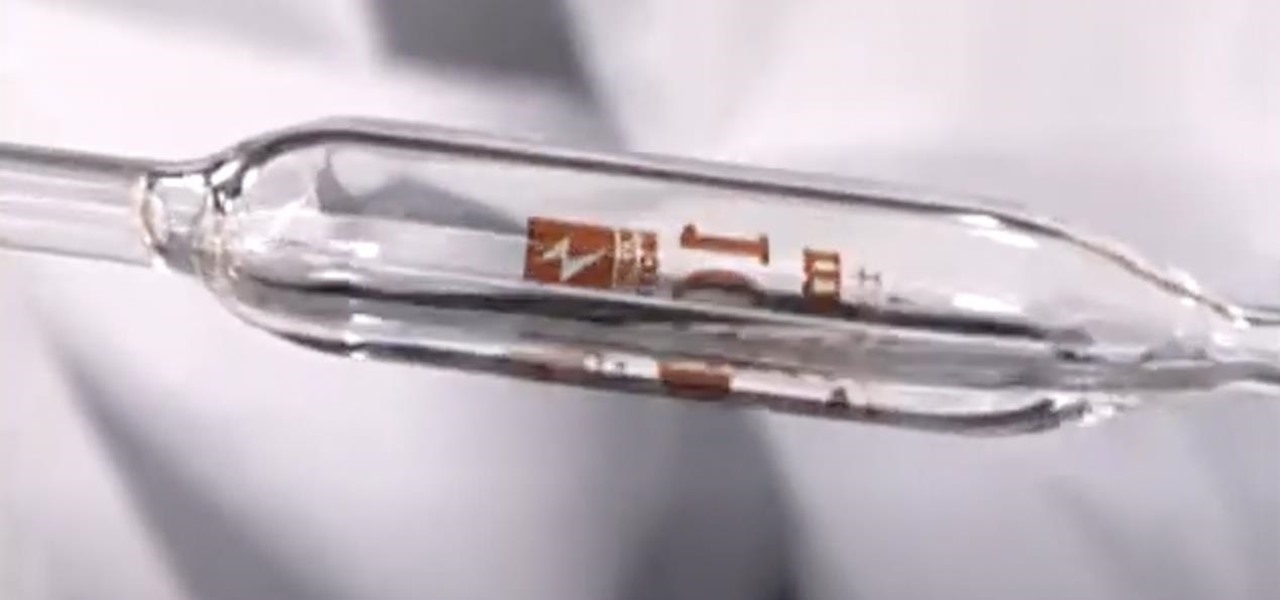
How To: Rinse Volumetric Glassware in the Chemistry Lab
Find out how everything in a chemistry lab works, from pipettes to burners to recrystallization to storage. You'll get precise instructions on how to work and perform certain scientific duties in the chem lab, whether it's chemical or just ordinary high school science.
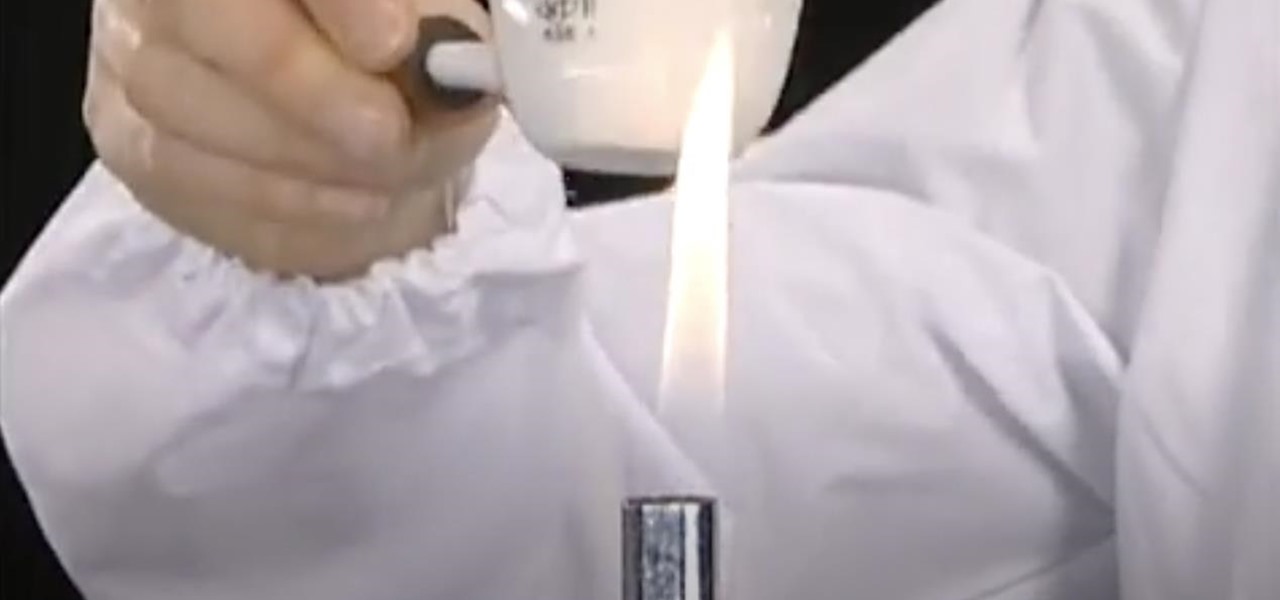
How To: Use a Bunsen Burner in the Chemistry Lab
Find out how everything in a chemistry lab works, from pipettes to burners to recrystallization to storage. You'll get precise instructions on how to work and perform certain scientific duties in the chem lab, whether it's chemical or just ordinary high school science.



